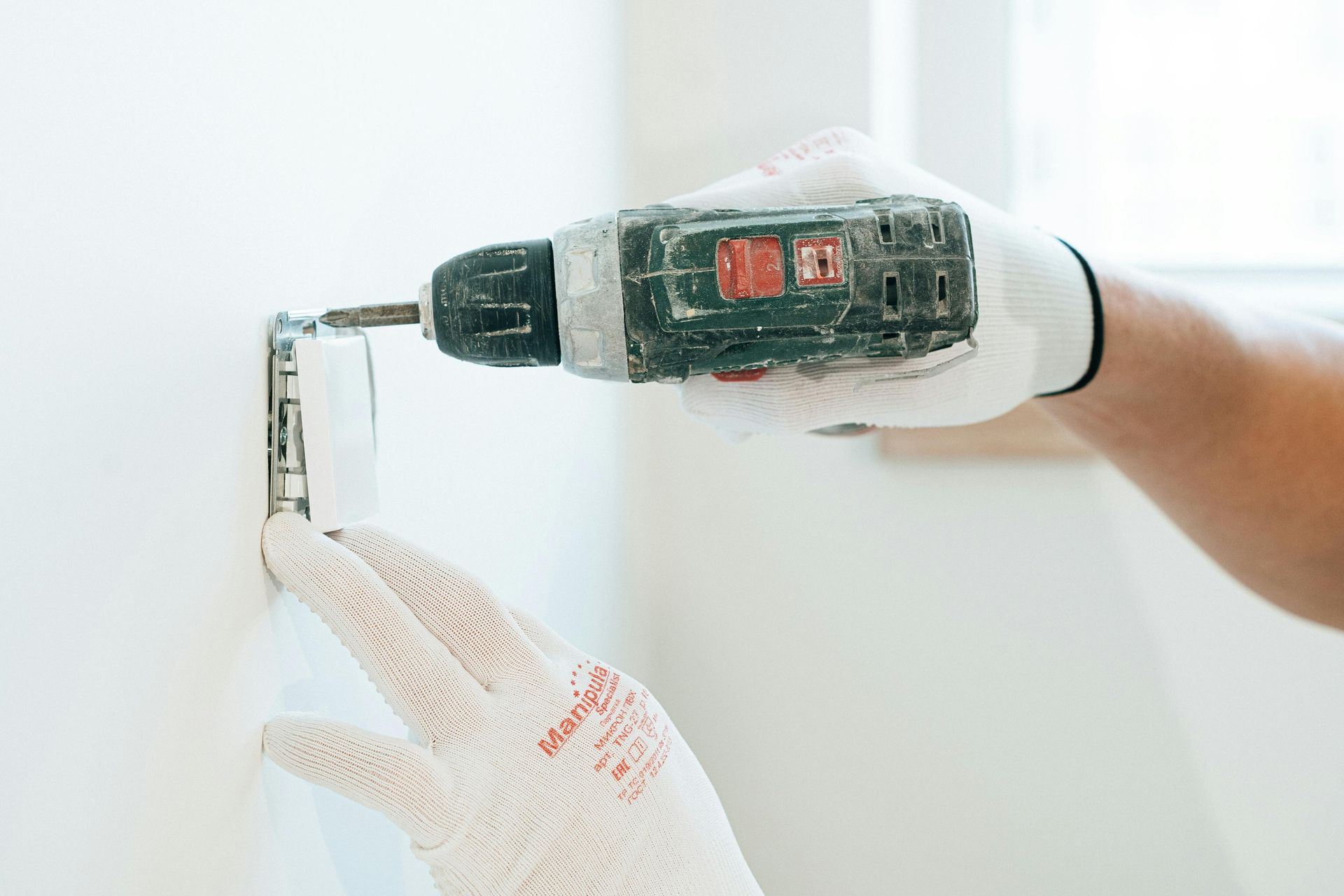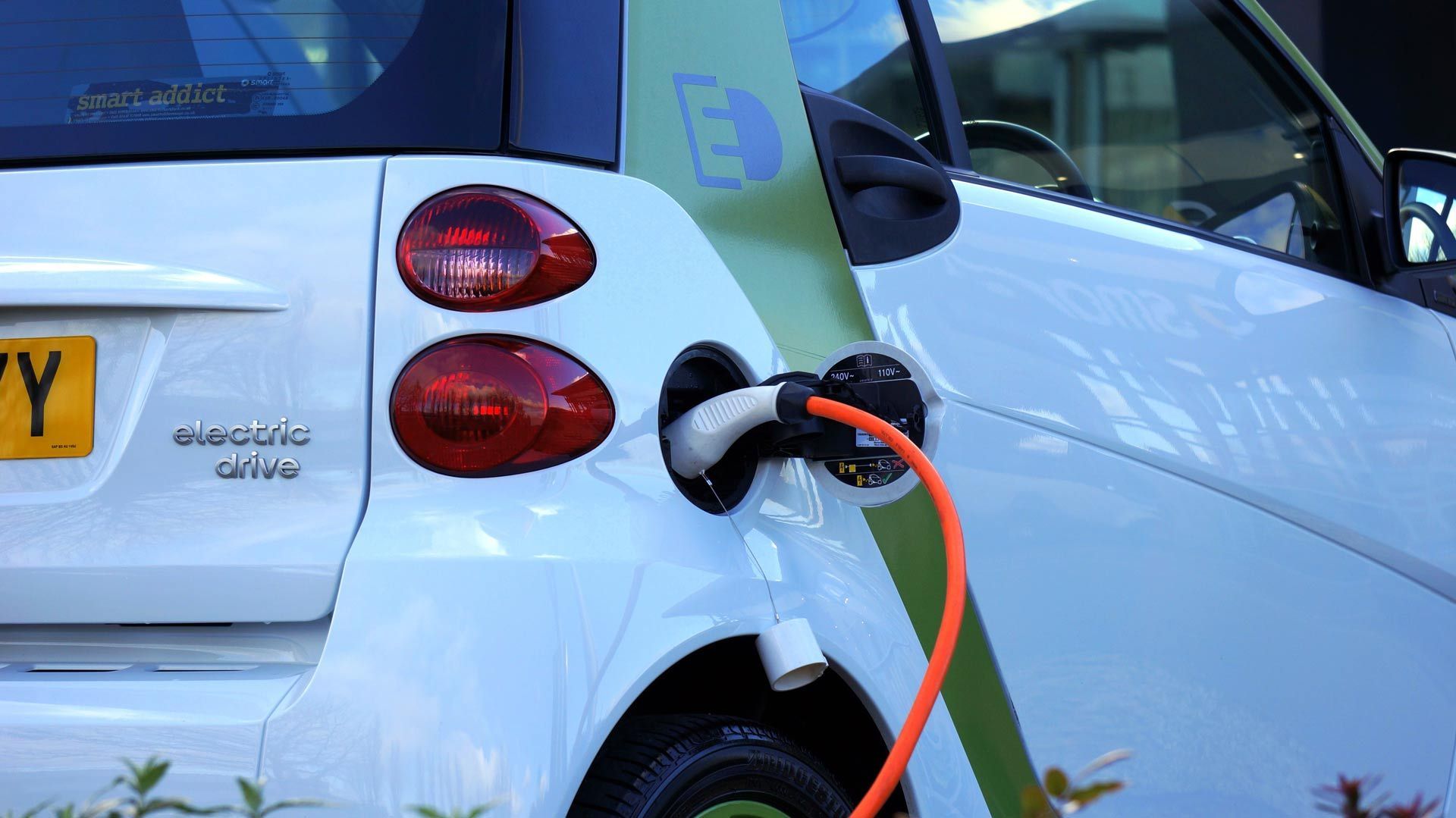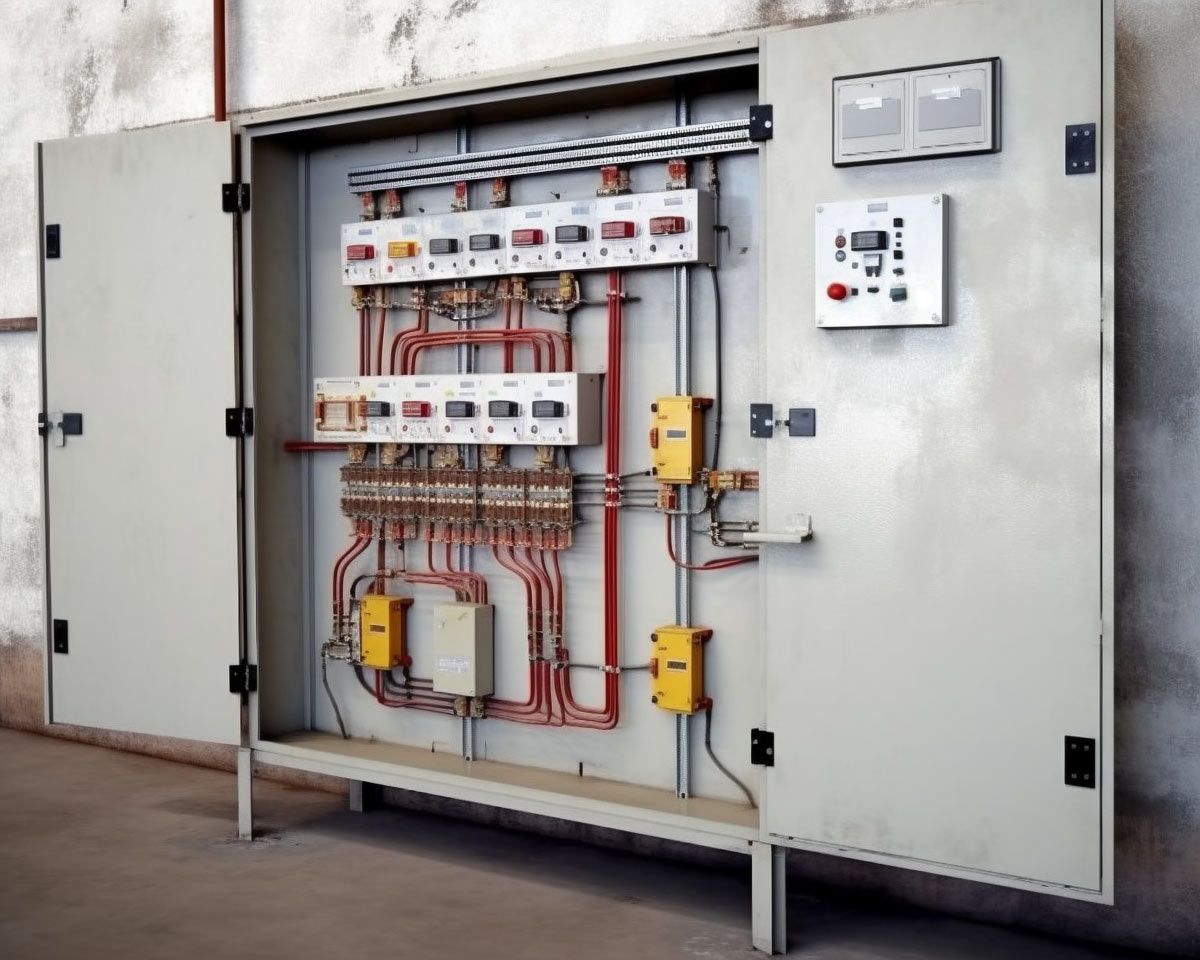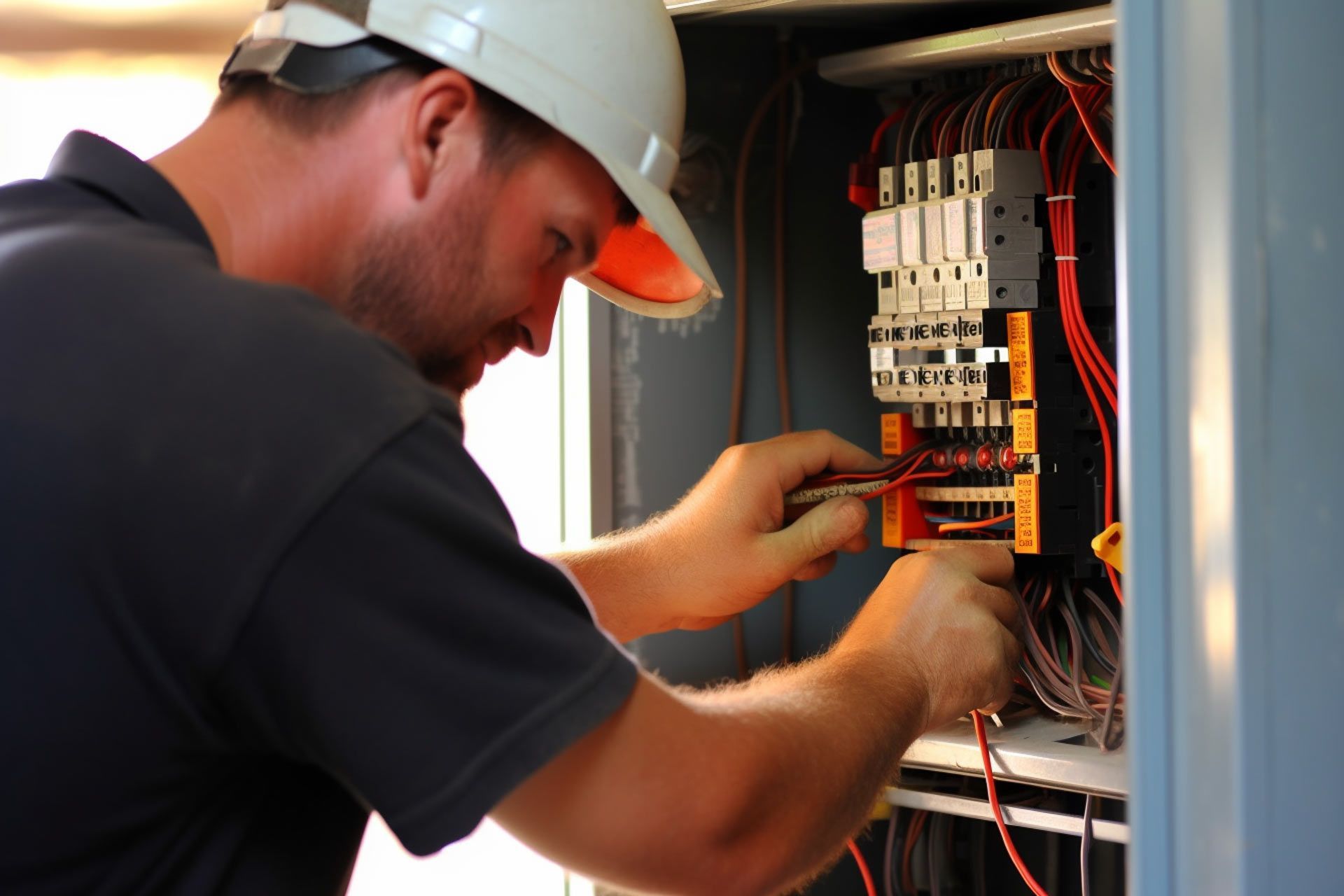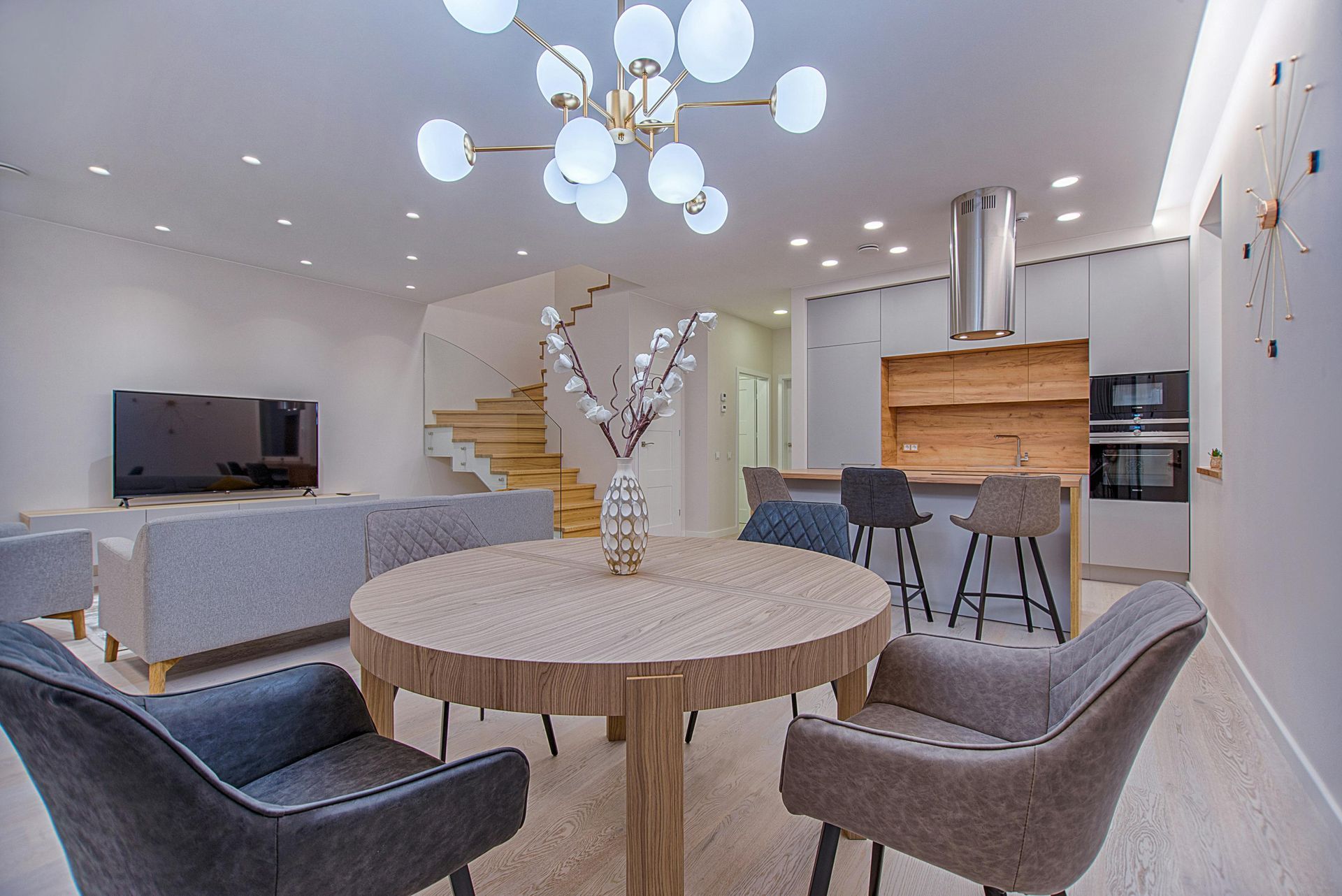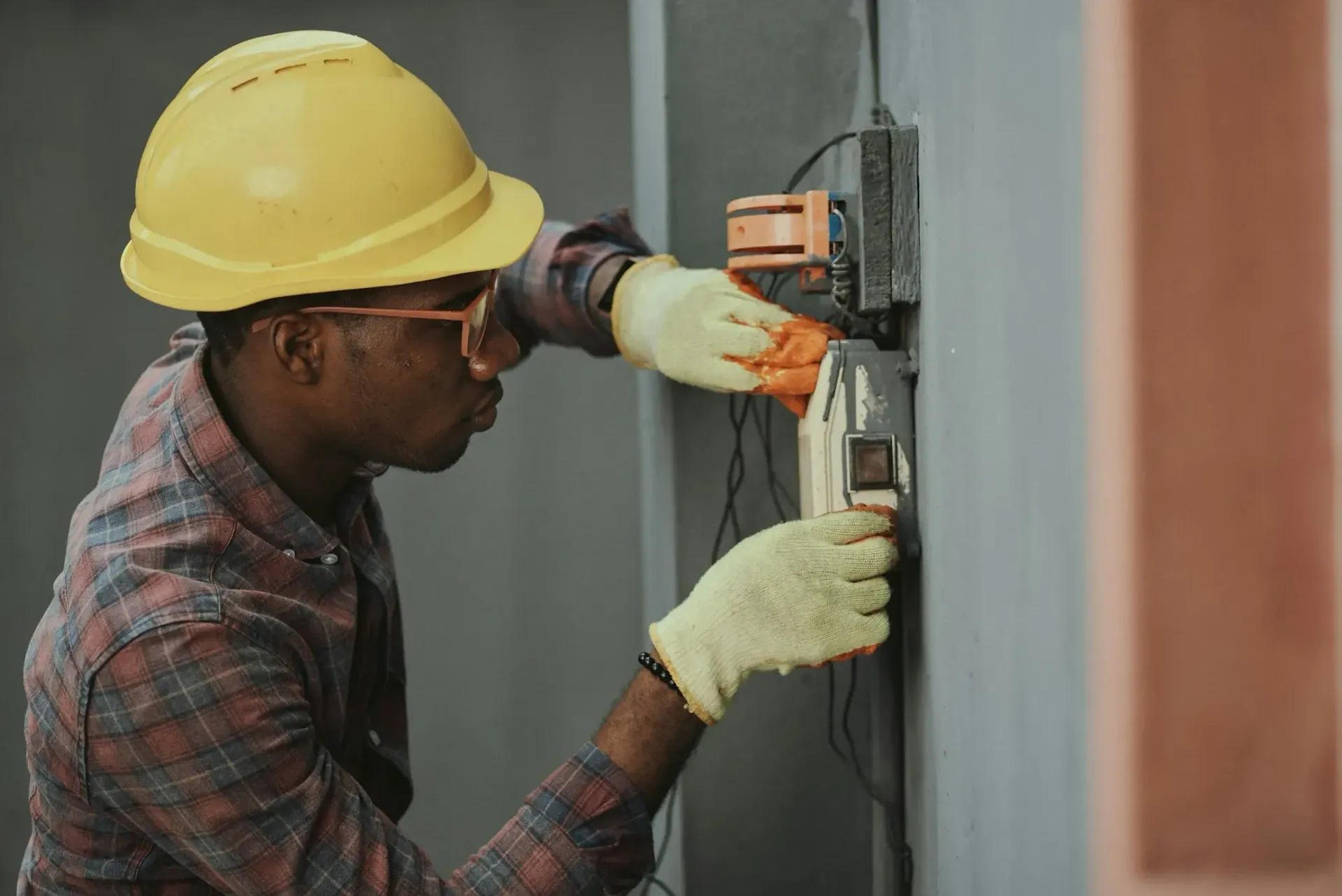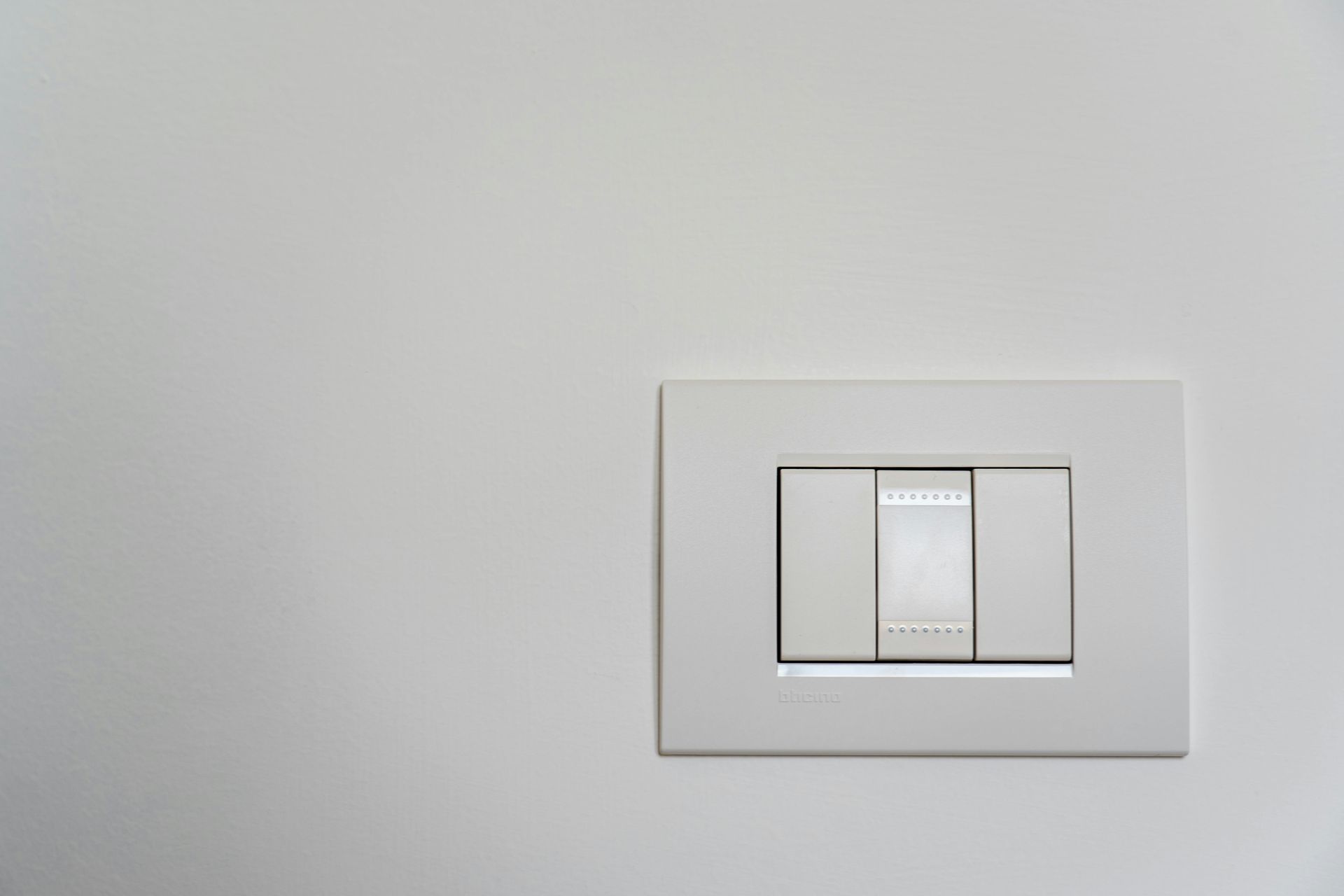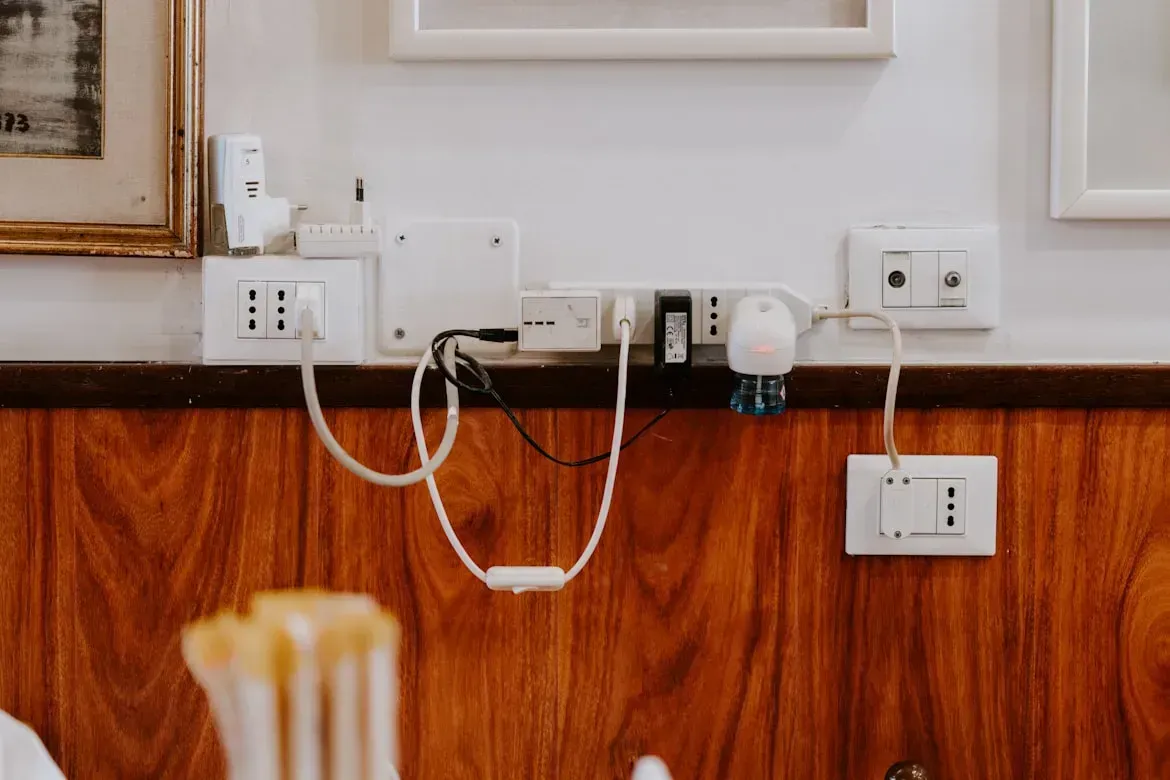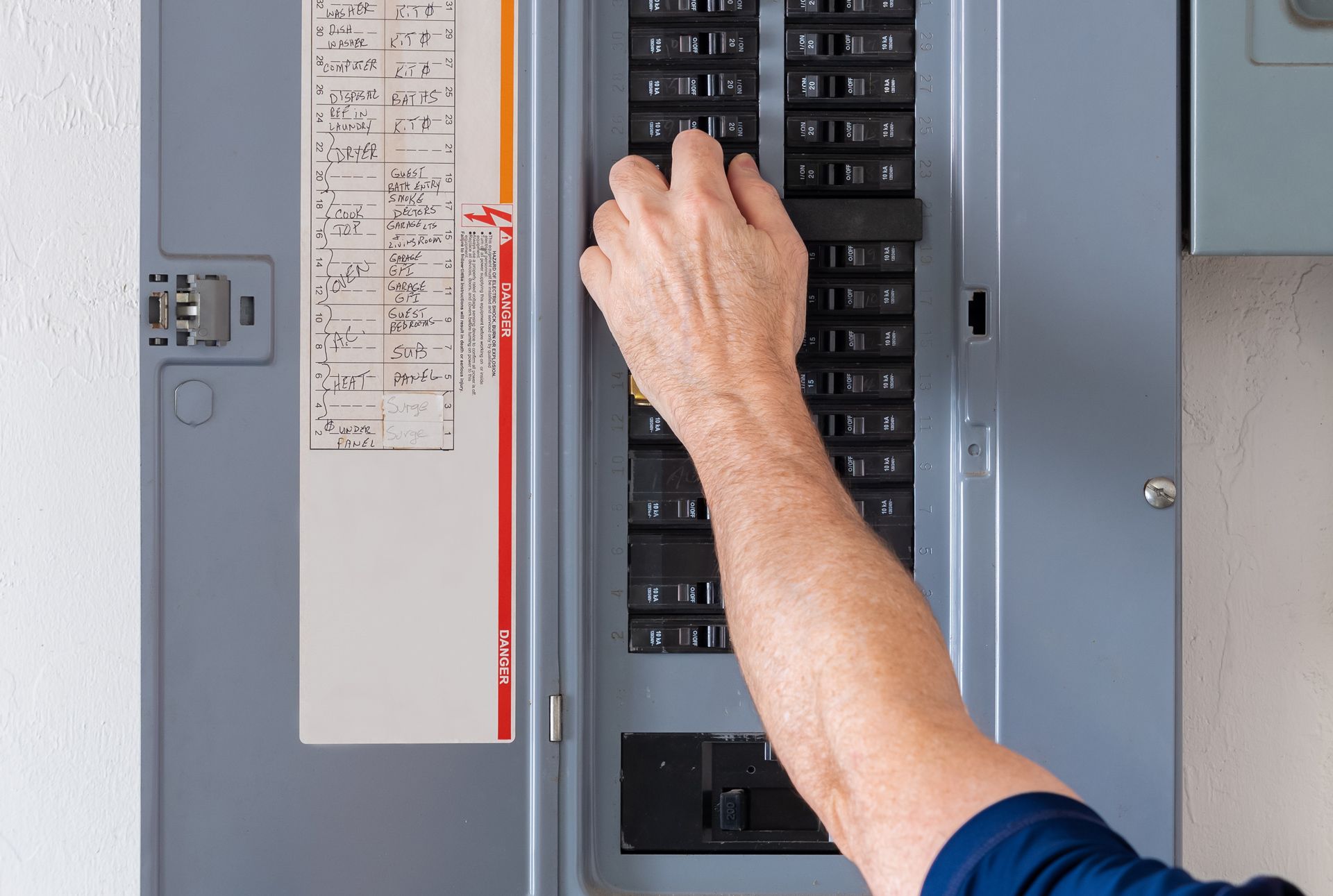
Standard Electrical Service for a House Explained
If you own a home or are just curious about how things work, it's smart to know a bit about your house's electrical setup.
Why?
Because it keeps everything from your fridge to your phone charger running right.
In this guide, we’ll explain what standard electrical service is, break down its main parts, and show you why it matters.
This info is key whether you're a first-time homeowner or just looking to brush up on your home maintenance skills.
Ready to understand the basics of your home's power? Let’s get started.
What Is Standard Electrical Service?
Standard electrical service refers to the system that brings electricity from your local utility company into your home. It’s designed to handle a specific amount of electricity—enough to power everything in your home safely and efficiently. Most homes in the U.S. have a service that can manage 100 to 200 amps of power, which covers daily electrical needs like lighting, heating, and appliances.
Here’s what typically goes into a standard electrical service for a house:
- Voltage: In the U.S., most homes are equipped with 120/240 volts. This setup allows for both standard outlets and larger appliances that require more power.
- Service Panel: This is the control center for your home’s electricity, often called the breaker box. It distributes power throughout the house and protects each circuit from overloading.
- Service Drop: This is where electricity enters your home from the utility lines. It connects to your meter, which measures how much power you use.
Understanding these basics can help you better manage your home’s electrical system and spot potential issues before they become serious.
Components of Standard Electrical Service
Let's break down the key components of your home's electrical system to help you better understand what's going on behind the scenes. Knowing these parts can make you more confident in managing your home's electrical needs and dealing with professionals when necessary.
Service Drop
The service drop is essentially the physical connection between the utility company's power lines and your home. It typically includes:
- Overhead wires: These are the visible wires you see running from the power poles to your house.
- Weatherhead: This is a fitting that prevents water from entering the conduit that carries wires into your meter and service panel.
Electric Meter
Located where the service drop connects to your home, the electric meter measures how much electricity your household consumes. It’s usually a clear, glass-encased device that utility companies read to bill you.
Main Breaker Panel
Often just called the breaker box, the main breaker panel is the heart of your home’s electrical system. It includes:
- Main breaker: This switch controls the power to the entire house. Turning it off stops the flow of electricity into the home, making it safe to perform major electrical work.
- Circuit breakers: Each circuit has a breaker that will trip, or shut off, to prevent overloading and potential fires. These are critical for maintaining safety.
Understanding these components not only helps you grasp how electricity flows into and throughout your home but also empowers you to maintain safety and efficiency. Regular checks and knowing when to call a professional can prevent electrical issues and ensure everything operates smoothly.
Safety and Compliance
Safety is a top priority when it comes to your home's electrical service. Knowing and following the right safety standards and regulations can prevent accidents and ensure your electrical system runs smoothly.
Basic Safety Standards
In the U.S., the National Electrical Code (NEC) sets the rules for electrical wiring and equipment installation. Here are some key points:
- Proper Grounding: Ensures that electrical systems are safe by providing a path for excess electricity to the ground, reducing the risk of electric shock.
- Circuit Breakers: These devices automatically shut off power if they detect a problem, like an overload or short circuit, preventing potential fires.
- GFCI Outlets: Ground Fault Circuit Interrupter (GFCI) outlets are used in areas where water is present, like kitchens and bathrooms. They shut off power instantly if they detect a fault, protecting you from electric shock.
Local Regulations
In addition to the NEC, local building codes and regulations must be followed. These can vary by city or state but generally include:
- Permits for Major Work: Many areas require permits for significant electrical work, such as installing new circuits or upgrading service panels. This ensures the work meets safety standards.
- Inspections: Local authorities may conduct inspections after major electrical work to verify it complies with codes and regulations.
Importance of Professional Help
While it's good to understand the basics, always hire a licensed electrician for any significant electrical work. They are trained to meet NEC standards and local codes, ensuring the job is done safely and correctly.
By adhering to these standards and regulations, you can keep your home safe and your electrical system in top shape.
When and Why to Consider an Upgrade
Your home's electrical service might have been perfect when it was first installed, but as time goes by, your power needs can change. Here are some common signs that it's time to consider an upgrade:
Signs You Need an Upgrade
- Frequent Breaker Trips: If your circuit breakers are constantly tripping, it’s a sign that your current system is overloaded.
- Dimming Lights: Lights that dim when you turn on appliances could mean your system is struggling to handle the load.
- Old Wiring: Homes with outdated wiring, like knob-and-tube or aluminum wiring, can be fire hazards and may not meet current safety codes.
- New Appliances: Adding high-demand appliances like an air conditioner, electric car charger, or hot tub can require more power than your current system provides.
Benefits of Upgrading
- Increased Safety: Modern electrical systems are designed to handle higher power loads safely, reducing the risk of fire and electric shock.
- Improved Efficiency: Newer systems can distribute power more efficiently, helping reduce energy bills.
- Better Functionality: An upgraded system can support modern appliances and technology, improving your home's overall functionality and convenience.
When to Call a Professional
If you notice any of the signs mentioned, it's time to consult a licensed electrician. They can assess your current system and recommend the best course of action. Upgrading electrical service is not a DIY job—it requires professional expertise to ensure it's done safely and in compliance with all regulations.
Basic Steps for Upgrading Your Electrical Service
Upgrading your electrical service can seem daunting, but understanding the basic steps can make the process clearer and less stressful. Here’s a simple guide to what’s involved:
1. Assess Your Needs
- Evaluate Power Requirements: Consider all the appliances and devices you use now and plan to use in the future. Determine if you need more power to avoid overloading your system.
- Consult with a Professional: A licensed electrician can help you assess your current setup and recommend the appropriate upgrade.
2. Obtain Necessary Permits
- Check Local Regulations: Upgrading electrical service often requires permits. Your electrician can help navigate local codes and obtain the necessary permits to ensure compliance.
3. Plan the Upgrade
- Choose the Right Service Panel: Depending on your needs, you might upgrade to a 200-amp panel or higher. Discuss options with your electrician.
- Schedule the Work: Plan for the least disruptive time to have the work done. Remember, power will be turned off during the upgrade.
4. Perform the Upgrade
- Disconnect Power: The utility company will need to disconnect power from your home to safely perform the upgrade.
- Install New Equipment: The electrician will install the new service panel, breakers, and any necessary wiring. This includes updating the service drop and meter if required.
- Reconnect Power: Once the new system is in place, the utility company will restore power to your home.
5. Inspection and Approval
- Inspection: After the installation, an inspector will check the work to ensure it meets all safety and code requirements.
- Approval: Once approved, your upgraded electrical system is ready for use.
Cost Considerations
Understanding the costs involved in upgrading your electrical service is crucial for planning and budgeting. Here’s a breakdown of what you can expect:
Average Costs
- Basic Upgrade: Upgrading from a 100-amp to a 200-amp service typically costs between $1,500 and $3,000. This includes the new panel, wiring, and labor.
- Comprehensive Upgrades: If your home requires extensive rewiring or additional components, costs can rise to $4,000 or more.
Factors Affecting Cost
- Labor Rates: Costs vary by location, depending on local labor rates and the complexity of the job.
- Permits and Inspections: Permit fees and inspection costs can add a few hundred dollars to your total.
- Existing Infrastructure: Homes with outdated wiring or components may require more extensive work, increasing costs.
- Additional Upgrades: If you add new circuits for high-demand appliances, this will also affect the price.
Ways to Save
- Get Multiple Quotes: Obtain quotes from several licensed electricians to ensure you’re getting a fair price.
- Plan Ahead: If you’re renovating or adding appliances, plan the electrical upgrade simultaneously to save on labor costs.
- Check for Incentives: Some utility companies offer rebates or incentives for upgrading to more efficient systems.
Knowing the potential costs and planning accordingly can help you manage your budget and ensure you get the best value for your investment.
Conclusion
Understanding your home's electrical service is crucial for maintaining safety and ensuring your electrical needs are met. From knowing the basics of what standard electrical service includes, to recognizing when it's time for an upgrade, this knowledge empowers you to keep your home running smoothly and safely.
Call to Action
Ready to upgrade or repair your electrical service? For top-notch electrical services in Lehi, American Fork, Pleasant Grove, Sandy, and Draper, trust Bar H Bar Electric. Whether you need electrical repair, electric car chargers, electrical panels, interior lighting, outlets and switches, spa hookups, or wiring and rewiring, their skilled team has you covered.
Contact Bar H Bar Electric today to ensure your home’s electrical system is safe, efficient, and up-to-date!
Phone
Utah County: (480) 686-2115
St George: (480) 686-5978
Hour of Service
- Mon - Fri
- -
- Sat - Sun
- Closed
